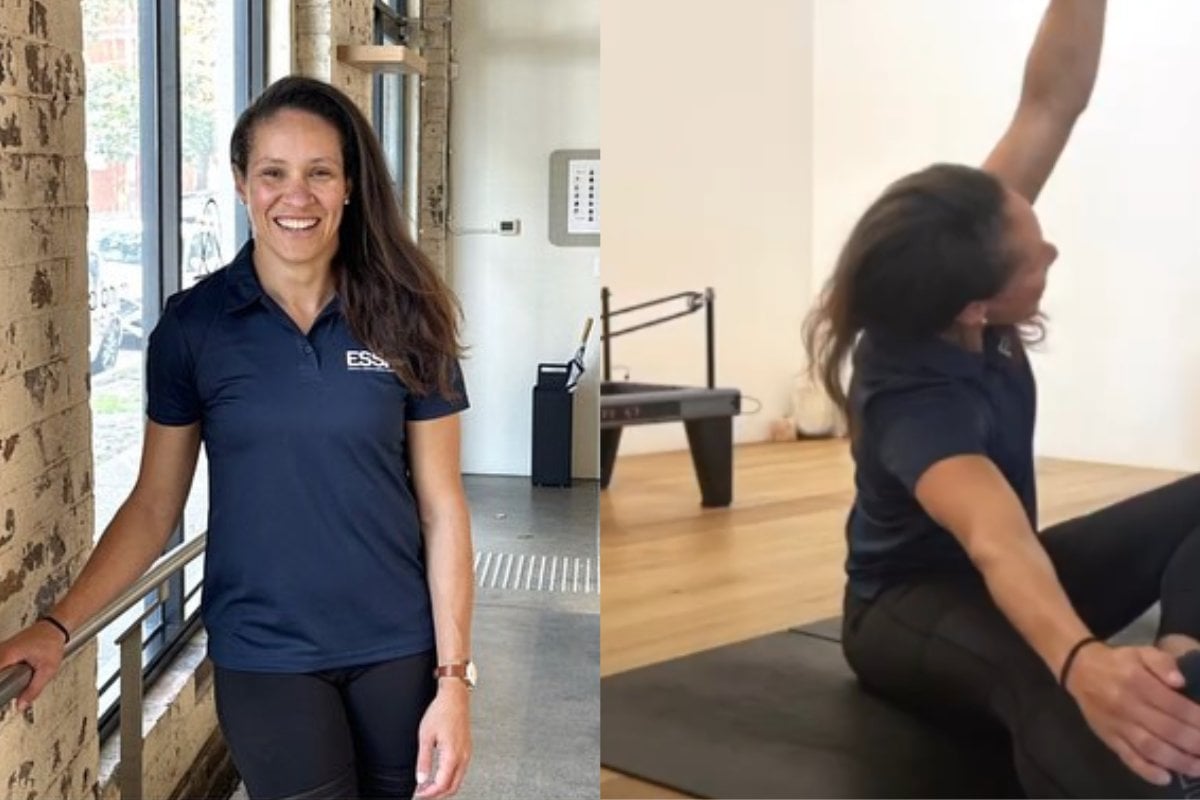
Your pelvic floor. How is she doing?
If you're not pregnant or don't have kids, chances are you don't... really know. And honestly, same. But it's part of the body we don't think about enough.
Because paying attention to your pelvic floor and keeping this area strong isn't just for pregnancy and post-pregnancy. It's an all-the-time thing that helps control everything from your bladder to sexual function. So, it's probably something worth looking into, right?
Watch: Pelvic floor strengthening exercises. Post continues below.
That's why Mamamia spoke to MOVE trainer, exercise physiologist and female health specialist Noella Green from Shifting Health to find out the best exercises for a strong pelvic floor.
Here's what she told us.
What is your pelvic floor and why is it important?
In case you missed it, pelvic floor muscles (PFM) are actually very important. Like holding everything together important, providing vital support to the bladder and other organs.
"This is a group of muscles that form the base of your pelvis. The muscles run from the tailbone to the pubic bone. Think of the PFM like a small trampoline, it connects to the outer frame (pelvic canal) and muscles forms across the space in between," Green tells us.




























































































